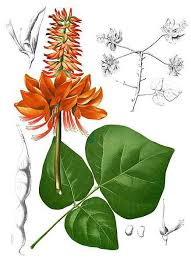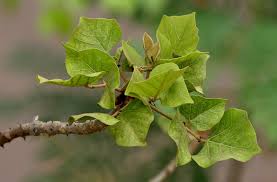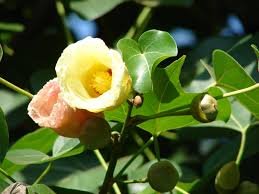Erythrina variegata (Indian Coral Tree)
kalyana murungai
கல்யாண முருங்கை
or Mulmurungai

அன்பர்களே!
திருமணத்தின் போது செய்யும் சடங்குகளில் முதன்மையானது முஹூர்த்தக்கால் நடுதல். அதில் கல்யாண முருங்கைக்கு அதிக முக்கியத்துவம் உள்ளது.
திருமணத்திற்குப் பின்பு எடை போடுவதைத் தடுக்க வல்லது.
The Indian Coral Tree and Flame of the Forest are fast disappearing from the city scape, say botanists.



 These leaves are great to slim down one has to take it a few leaves just chew them like any leaf and no other smell, early morning on an empty stomach and they are wonderful and cut down your waist like never before....sunkan
indianrosegrower.blogspot.com
These leaves are great to slim down one has to take it a few leaves just chew them like any leaf and no other smell, early morning on an empty stomach and they are wonderful and cut down your waist like never before....sunkan
indianrosegrower.blogspot.com
Kalyana murungai, botanically known as Erythrina indica, is one of the most colourful indigenous trees of peninsular India.
Erythrina is from the Greek word erythros, meaning red in allusion to the colour of the bloom and indica refers to its country of origin. The trifoliate leaf was popular with the early Christians in India, as representing the Trinity.
http://www.sidhhaherbs.blogspot.com
கல்யாண முருங்கை
or Mulmurungai
அன்பர்களே!
திருமணத்தின் போது செய்யும் சடங்குகளில் முதன்மையானது முஹூர்த்தக்கால் நடுதல். அதில் கல்யாண முருங்கைக்கு அதிக முக்கியத்துவம் உள்ளது.
திருமணத்திற்குப் பின்பு எடை போடுவதைத் தடுக்க வல்லது.
The Indian Coral Tree and Flame of the Forest are fast disappearing from the city scape, say botanists.
“The garish red flowers of the Indian Coral Tree (Erythrina Variegata), popularly known as Kalyana Murungai or Mulmurungai, attracted a lot of birds due to its copious nectar. Today, these trees are not only rare but also show severe gall infestation. Its flowers and leaves are marred by the unsightly galls,” says Pauline R. Deborah, assistant professor, Department of Plant Biology and Plant Biotechnology, Women's Christian College.
Kalyana murungai, botanically known as Erythrina indica, is one of the most colourful indigenous trees of peninsular India.
Before the leaves emerge, coral trees display a spectacular show with bright crimson flowers in dense terminal clusters.
The pods that follow the flowers are cylindrical and constricted between the reddish brown seeds, which are familiar with children as soodu kottai.
The bark of the tree is antipyretic and used in the treatment of epilepsy, dysmenorrhoea (painful menstruation) and skin ulcers.
The leaves are laxative, diuretic, anthelmintic, galactagogue (agent inducing milk secretion) and emmenagogue (promoting menstrual discharge).
Being an excellent nitrogen fixer, it is planted in tea plantations and in fields.
When in bloom, the tree makes a gorgeous sight.
That the flowers contain much nectar is evidenced by the frequent visits of many species of birds; sunbirds, mynahs and babblers are usually to be seen, hurrying from flower to flower, chattering and twittering. With man, also, the tree is very popular, having numerous uses. From an infusion of the flowers a brilliant coloring matter can be obtained, which may be made into water-paint or into a dye. Cotton, prepared with alum, can be dyed a bright yellow or orange. (27)http://www.sidhhaherbs.blogspot.com

